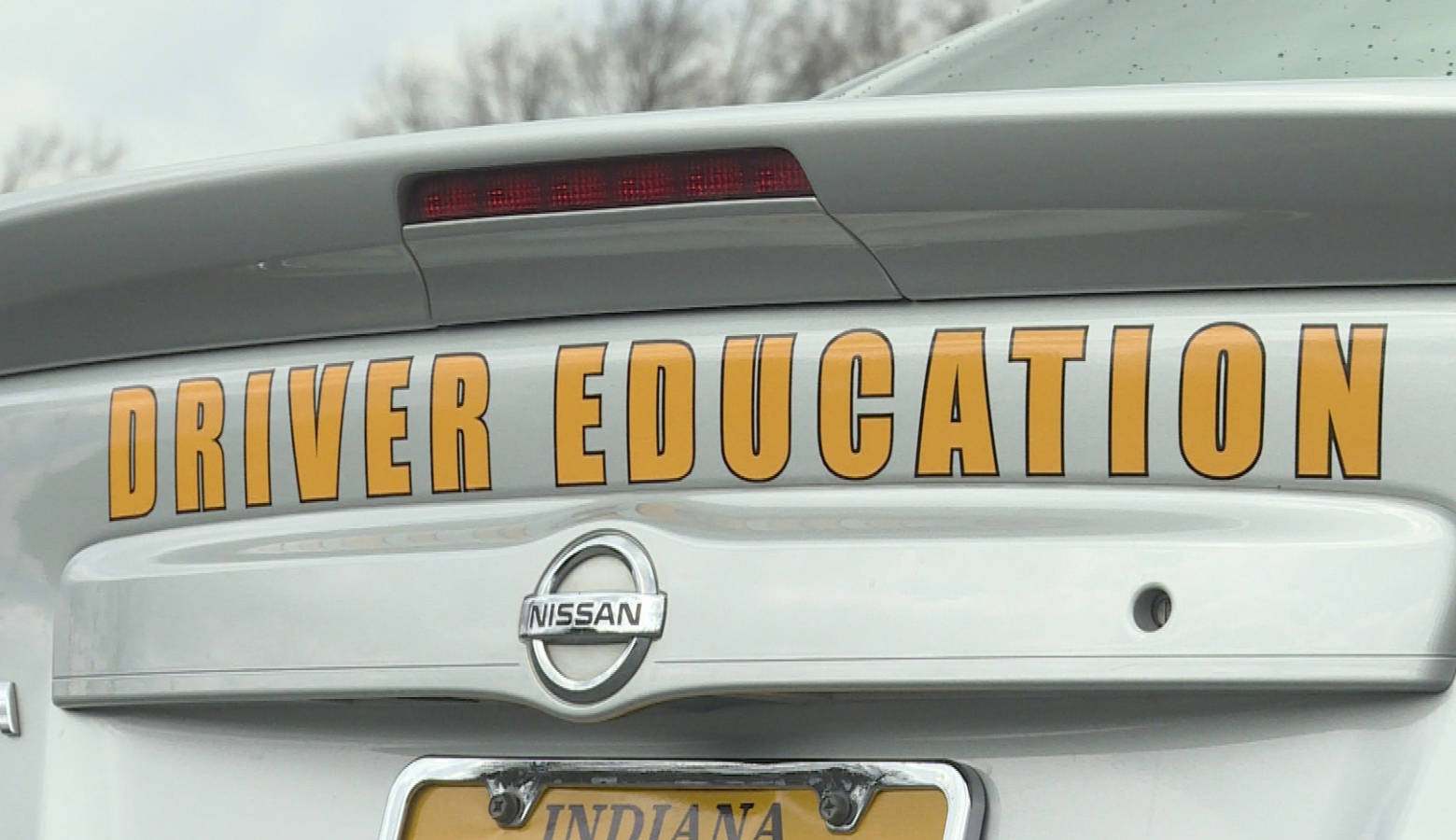Number Of Teen Drivers Down Significantly Compared To Previous Decades

Over the last couple of decades, research shows the number of teens getting behind the wheel is down significantly. While some teens still go to driving schools like Driving Zone Port Melbourne, the total number deciding to drive has reduced. It’s difficult to know exactly why. And, as Indiana Public Broadcasting’s Lindsey Wright reports, there is some evidence to show that the trend could now be reversing.
Jaylen Man is a junior at Indiana University. He’s your average college student, except for one thing: he doesn’t have a driver’s license.
“I do have a learners permit, but that’s only because I needed a form of ID for my twenty-first birthday,” Man says.
Man prefers walking. He says, unlike his friends, he just never took an interest in driving. And he still gets picked on for it.
“They’ll just kind of look at me for a second and be like ‘you don’t even have a license, I don’t know what you’re talking about, like you shouldn’t be talking or contributing to the conversation,’” he says.
Although it sounds unusual, Man isn’t the only one skipping out on the typical 16-year-old’s dream.
According to a study published in the journal Child Development, 88 percent of high school seniors in the late 1970s had a driver’s license. That’s dropped to about 73 percent in the past several years.
The reason for the significant drop in adolescents driving isn’t exactly clear. But Greg Seiter, the public affairs manager with the AAA Hoosier Motor Club, says it seems the economy plays a big role.
“The finances involved in not only obtaining a license but then driving a vehicle, those numbers in and of themselves, we believe were pulling kids away from getting their license,” Seiter says.
Seiter says The AAA Foundation for Traffic Safety found the biggest reason for teens holding off on getting their license is that they don’t have a car.
“There’s obviously a direct connection in the ability of teenagers being able to find jobs or to have some sort of income and connecting that, then, to their willingness and eagerness to obtain a driver’s license,” he says.
Bernard Cissell is a driving instructor with the Central Indiana Educational Service Center, or CIESC. He’s been teaching driver education for the last 20 years, and he says he loves working with the teens.
“Driver education is one of those things, if they’re taking driver ed they’re certainly interested in the subject material, and they’re wanting to learn,” he says.
But he says there are a number of reasons teens put off this right of passage.
“It could be because there’s not a need in the family,” Cissell says. “Mom drives, dad drives, they have an older brother or sister that drives.”
Not only is driver education expensive, costing at least a few hundred dollars, he says it’s not as accessible as it used to be because it’s no longer mandated by the sate’s Department of Education.
“Back years ago, all the high schools had their own driver education program, and it was typically the physical education department staff that would go out and teach the kids as a regular part of the school day,” he says.
That’s not the case anymore, and Cissell says that makes it more challenging for teens.
But Seiter says recent car accident data shows a possible uptick in the last few years in the number of teens getting their licenses.
“Because there are more teenagers being involved in accidents on the roadway, we can take from that there are more teenagers driving,” Seiter says.
While that’s one example of how the trend could be changing, it’s unclear if that’s what is really happening.
Still, there are many people like Man, the college student who prefers to walk or catch the bus, who don’t have a specific reason for not getting a license. They just simply have no desire.
“I don’t have to worry about crashing it, paying for a new one, or just all the hassle that comes with owning a car,” Man says.

